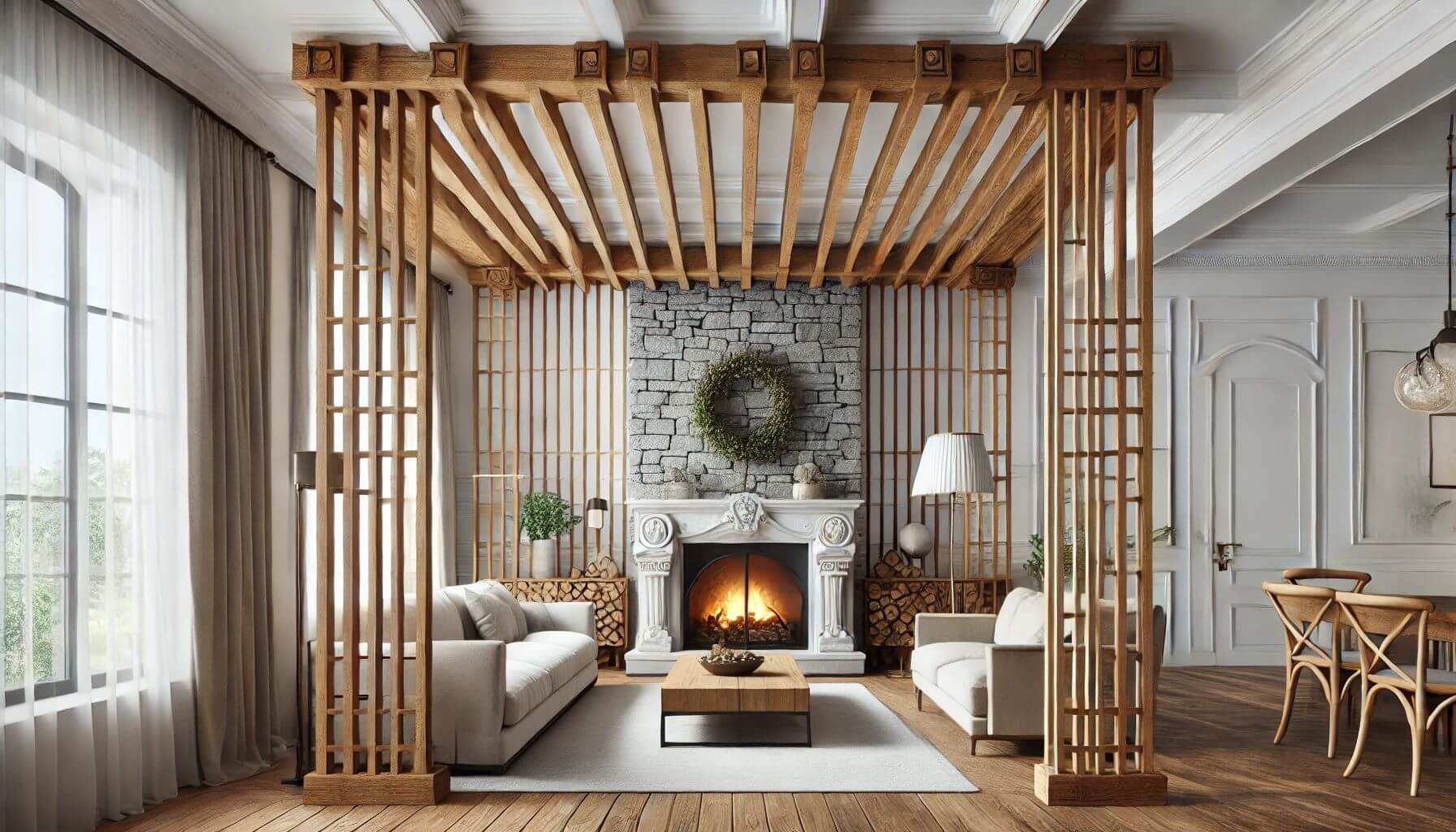
As homeowners seek to maximize their living space and enjoy the beauty of the outdoors, the transition between indoor and outdoor areas has become increasingly important. One of the most effective ways to create a seamless flow between these spaces is by incorporating a pergola into your design.
Pergolas offer a versatile and stylish solution for bridging the gap between your home’s interior and exterior. Whether you’re looking to extend your living room, create an outdoor dining area, or simply provide a shaded space to relax, a well-designed pergola can enhance your home’s functionality and aesthetic appeal.
Choosing the Right Location
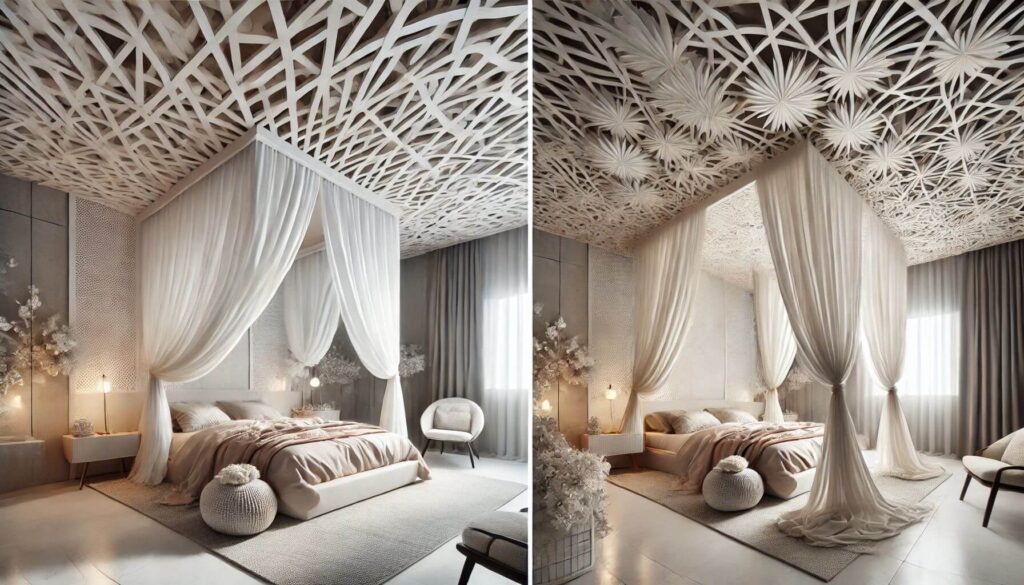
When planning your indoor-outdoor transition with a pergola, the first step is to choose the right location. Consider the flow of your home and identify areas where a pergola would naturally extend your living space.
Some popular locations for transitional pergolas include:
- Off the kitchen or dining room for an outdoor eating area
- Adjacent to the living room for a seamless entertaining space
- As a connector between the house and a pool or outdoor feature
Think about the view from inside your home and how a pergola could frame or enhance it. You’ll also want to consider factors like sun exposure, privacy, and proximity to utilities when selecting the perfect spot.
Designing for Comfort and Style
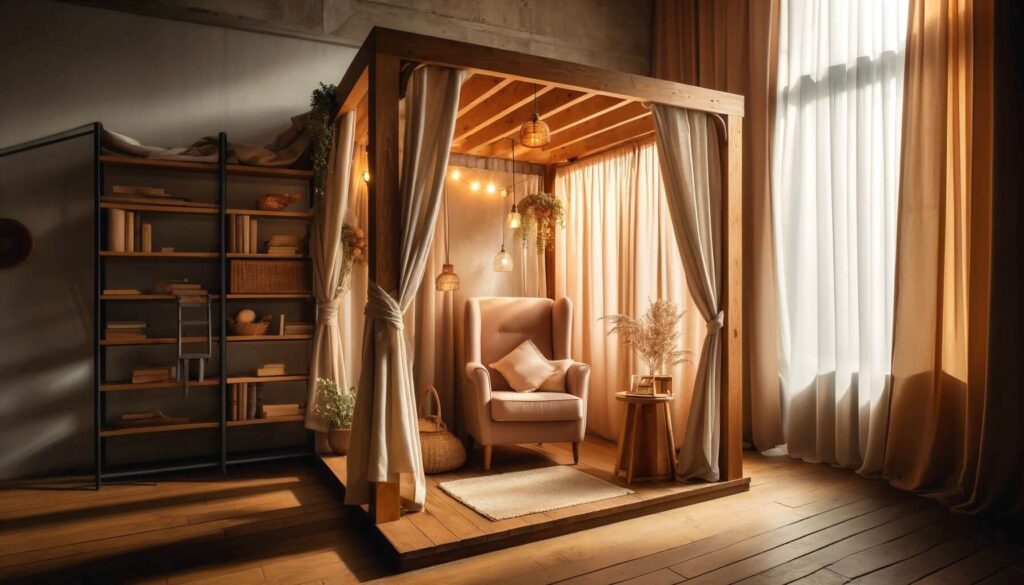
Once you’ve chosen the location, it’s time to design your pergola to maximize comfort and style. The key is to create a space that feels like a natural extension of your home’s interior design while also embracing the beauty of the outdoors.
Matching Materials
To create a cohesive look, consider using materials that complement or match your home’s exterior and interior finishes. For example, if your home features a lot of natural wood accents, a wooden pergola with a similar stain or finish can create a seamless transition.
If your home has a more modern aesthetic, a sleek metal pergola or a minimalist design with clean lines can perfectly bridge the indoor-outdoor divide.
Incorporating Interior Design Elements
To further blur the lines between inside and out, incorporate interior design elements into your pergola space. This can include things like:
- Outdoor rugs that mimic your indoor flooring
- Comfortable seating with pillows and cushions in coordinating fabrics
- Accent lighting that creates ambiance and extends the usability of the space
- Potted plants or greenery that bring the outdoors in
By echoing elements of your interior design, you can create a pergola space that feels like a true extension of your home.
Creating Shade and Shelter
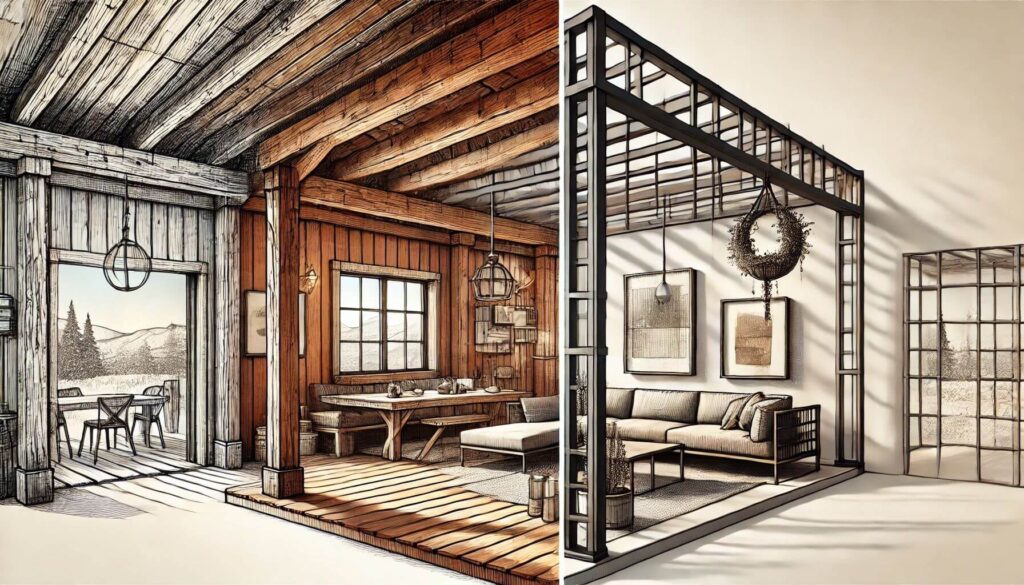
One of the primary functions of a pergola is to provide shade and shelter from the elements. This is especially important when creating a transitional space, as you want it to be comfortable and usable in a variety of weather conditions.
There are several options for adding shade and shelter to your pergola, including:
- Retractable canopies or shade sails that can be adjusted based on the sun’s position
- Climbing plants or vines that provide natural shade and beauty
- Solid roof panels or louvers that offer full protection from the rain and sun
Consider your climate and the intended use of the space when selecting the best shade solution for your pergola.
Defining the Space with Flooring
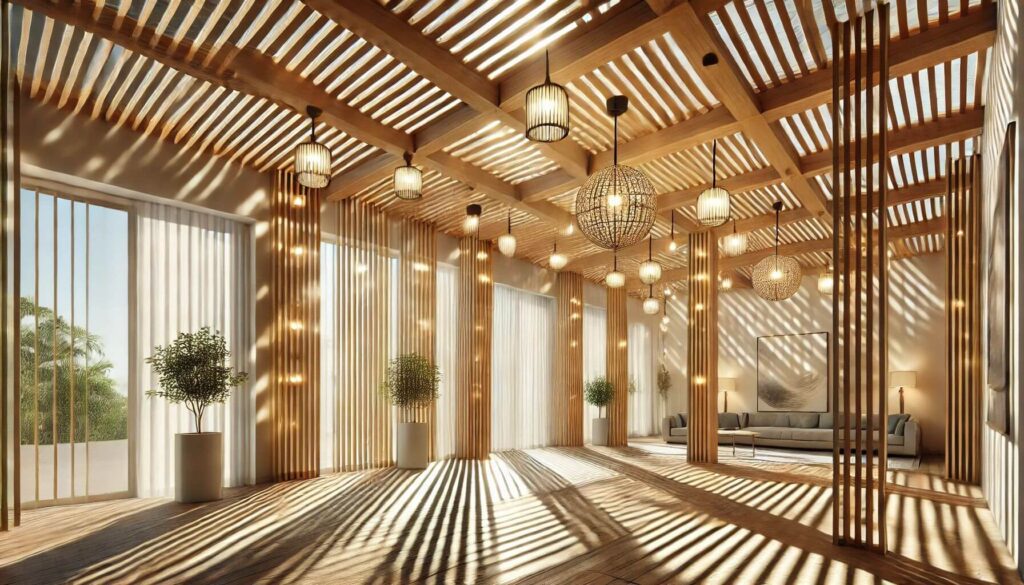
To create a truly seamless transition, it’s important to consider the flooring that will connect your indoor and outdoor spaces. The right flooring can define the pergola area and make it feel like a cohesive part of your home.
Some popular flooring options for transitional pergolas include:
- Concrete or stone pavers that coordinate with your home’s foundation or patio
- Deck boards that match or complement your home’s wood flooring
- Outdoor rugs or mats that define the space and add comfort
When selecting flooring, consider factors like durability, maintenance, and slip resistance to ensure it stands up to the elements and regular foot traffic.
Blending with Your Landscape
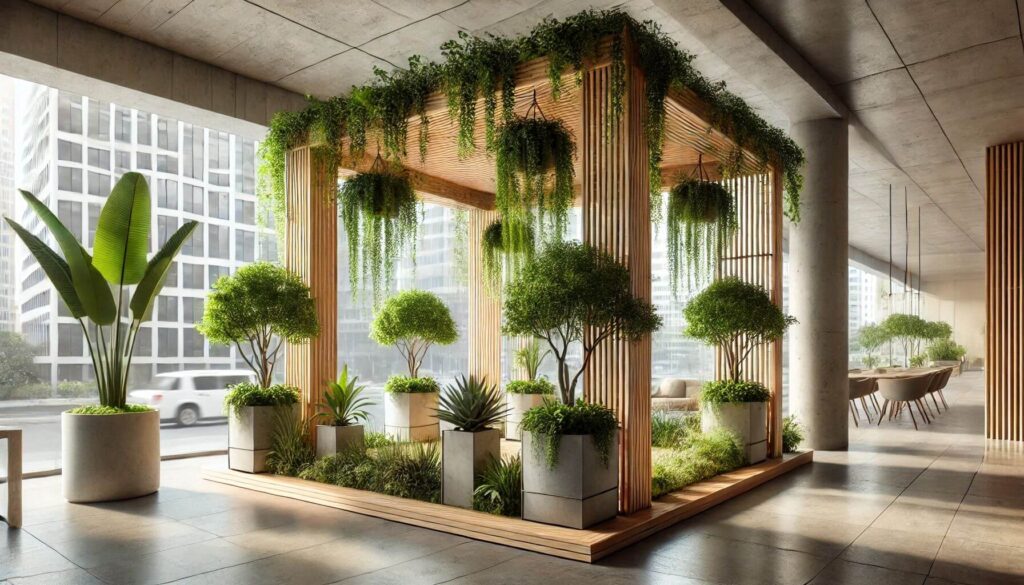
To truly embrace the outdoor aspect of your transitional pergola, it’s important to blend the structure with your surrounding landscape. This can involve incorporating plants, trees, and other natural elements into the design.
Some ideas for integrating your pergola with your landscape include:
- Planting climbing vines or flowering plants at the base of the pergola to soften the structure and provide natural beauty
- Incorporating built-in planters or hanging baskets into the pergola design
- Surrounding the pergola with lush greenery or fragrant herbs to create a sensory experience
- Using the pergola to frame a view of a water feature, garden, or other landscape element
By blending your pergola with the natural surroundings, you can create a space that feels like a true oasis and an organic extension of your outdoor living area.
Maximizing Functionality
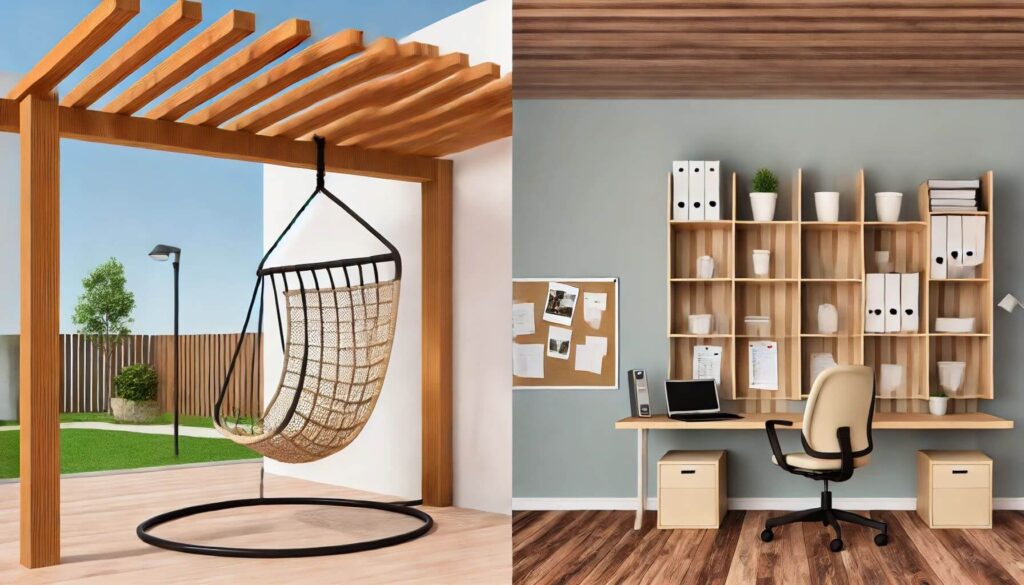
To get the most out of your transitional pergola, it’s important to consider how you want to use the space and incorporate features that maximize its functionality. This can include things like:
- Built-in seating or benches that provide ample space for relaxing and entertaining
- Outdoor kitchens or grilling stations that allow you to easily prepare and serve meals
- Fireplaces or fire pits that provide warmth and ambiance for cooler evenings
- Lighting that extends the usability of the space into the night
Consider your lifestyle and entertainment needs when incorporating functional elements into your pergola design.
Tying It All Together with Decor

The final step in creating a seamless indoor-outdoor transition with your pergola is to tie the space together with decor. This involves selecting furniture, textiles, and accessories that coordinate with both your interior design and your outdoor aesthetic.
Some tips for decorating your transitional pergola include:
- Choosing weather-resistant furniture that echoes the style of your indoor pieces
- Incorporating textiles like pillows, throws, and rugs that bring color and comfort to the space
- Hanging artwork or decorative elements that reflect your personal style
- Adding greenery or plants that bring life and freshness to the space
By carefully curating your decor, you can create a pergola that feels like a true reflection of your home and style.
Outdoor Space with Pergolas
Creating a seamless transition between your indoor and outdoor living spaces with a pergola can greatly enhance your home’s functionality, aesthetic appeal, and overall enjoyment. By carefully considering factors like location, design, shade, flooring, landscaping, and decor, you can create a space that feels like a natural extension of your home.
Whether you’re looking to extend your living room, create an outdoor dining area, or simply provide a shaded spot to relax, a well-designed transitional pergola can help you maximize your living space and embrace the beauty of the outdoors.



